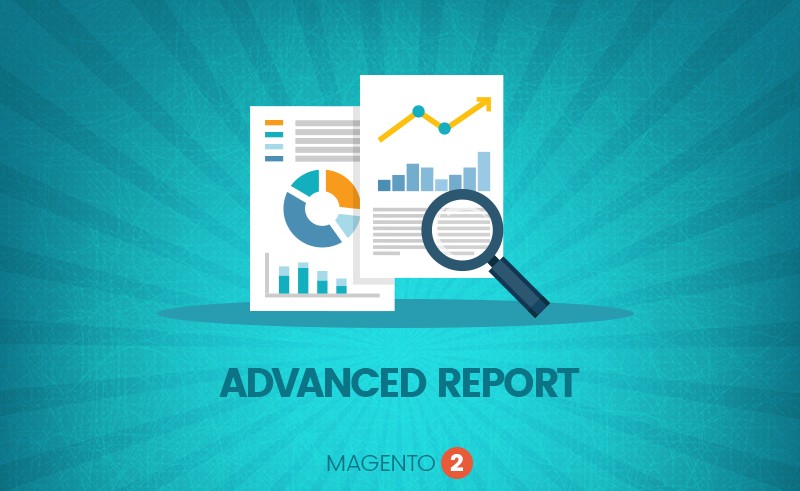Magento 2 provides a robust set of analytics and reporting features to help you track and analyze various aspects of your online store’s performance. These features can be invaluable for making informed business decisions, improving user experience, and optimizing your sales strategy. Here’s a step-by-step guide on how to utilize analytics and reporting features in Magento 2:
1. Access the Magento Admin Panel:
Log in to your Magento 2 admin panel using your credentials.
2. Enable Data Collection:
Before you can start utilizing analytics and reporting features, ensure that data collection is enabled. Go to `Stores` > `Configuration` > `Advanced` > `System` > `Full Page Cache`. Make sure that “Varnish Caching” and “Built-in Page Cache” are set to “Disabled” during development to ensure accurate data collection. Remember to enable caching in a production environment for better performance.
3. Google Analytics Integration:
If you want to track your website’s traffic using Google Analytics, go to `Stores` > `Configuration` > `Sales` > `Google API`. Here, you can enter your Google Analytics tracking code.
4. Built-in Reports:
Magento 2 offers various built-in reports to help you understand your store’s performance. These reports are available under the “Reports” section in the admin panel. Key built-in reports include:
– Sales Reports: Track sales, taxes, shipping, and more.
– Products Reports: Analyze product performance, including bestsellers and low stock products.
– Customers Reports: Gain insights into customer behavior and demographics.
– Marketing Reports: Monitor the effectiveness of your marketing efforts.
– Reviews Reports: See reviews and ratings for your products.
5. Custom Reports:
Magento 2 also allows you to create custom reports tailored to your specific needs. You can use the “Reports” menu to create custom reports based on various data attributes and filters.
6. Scheduled Email Reports:
You can schedule specific reports to be sent to your email on a regular basis. This is useful for staying updated on your store’s performance without needing to log in regularly.
7. Dashboard Widgets:
Customize your admin dashboard by adding widgets that display key performance metrics. To do this, navigate to your admin dashboard and click “Customize Dashboard” in the upper-right corner. You can then add various report widgets to your dashboard.
8. Third-Party Analytics Tools:
While Magento 2 offers built-in reporting, you may also consider integrating third-party analytics tools like Google Analytics, Adobe Analytics, or others to get more advanced insights and tracking capabilities.
9. Data Export:
Magento 2 allows you to export data from reports in various formats, including CSV and Excel. This is helpful if you want to perform further analysis or share data with team members.
10. Regular Analysis and Optimization:
Regularly review your analytics and reports to identify trends, areas for improvement, and potential issues. Use this information to optimize your website, marketing strategies, and product offerings.
By effectively using analytics and reporting features in Magento 2, you can gain valuable insights into your online store’s performance, customer behavior, and sales trends, ultimately helping you make data-driven decisions to grow your e-commerce business.
